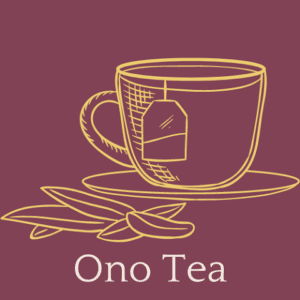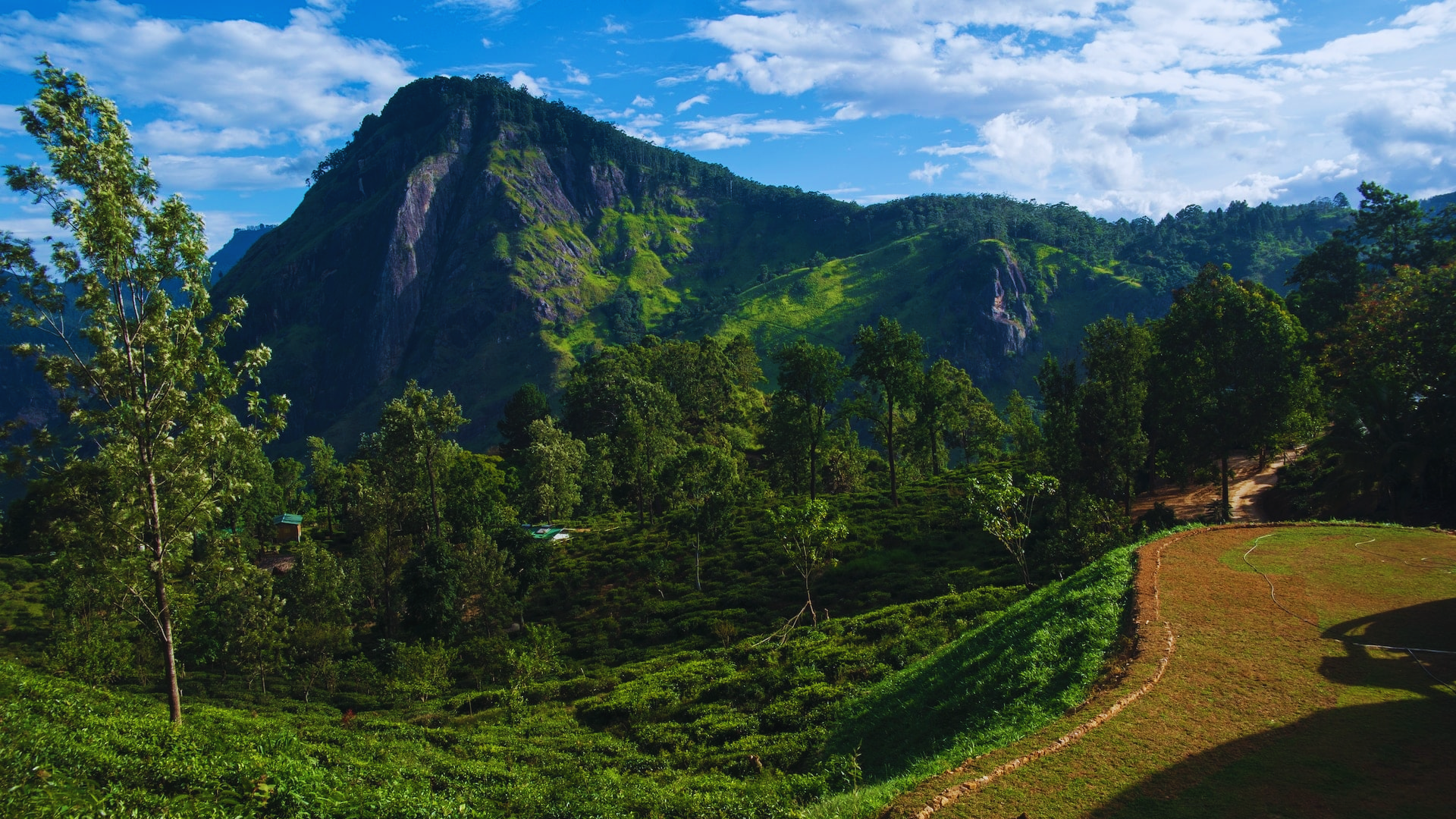Are you wondering what Ceylon tea tastes like? We got your back!
Ceylon tea, aka Sri Lankan tea, is a highly aromatic black tea that can be found almost anywhere in the world.
As for taste, Ceylon tea is unique in its character, reminiscent of sweet and subtle fruitiness. It tends to have medium-bodied flavors that maintain a bright, clean finish. Whether it suits your palate better than more common varieties, including Darjeeling and Assam, you’ll have to decide for yourself.
Want to learn more about Ceylon tea and the factors that make it so special for tea drinkers all around the globe? Stick with us, then!
What Is Ceylon Tea?
Ceylon tea is a type of tea that is grown in Sri Lanka. The tea was named after the country name which was then known as Ceylon.
In 1836, the British introduced tea planting to Sri Lanka at a time when the island was part of their Indian empire. Since then, Ceylon has become a world-famous tea-producing country with a reputation for producing high-quality teas.
There are several regions and types of Ceylon tea, but most originate from the central highlands. The temperate climate and abundance of rainfall create an environment perfectly suited to the production of high-quality tea.
Besides, the low-elevation areas of Sri Lanka are now also producing tea with unique characteristics. The cultivators pluck the leaves and dry them whole, creating a healthy and flavorful cup of Sri Lankan tea.
Sri Lanka is now the fourth-largest producer of tea in the world. This success story began merely from 19 acres of land, producing tea for local consumption in the 1800s.
Today, Sri Lanka produces up to 251.50 million Kg of tea annually, at a global level and is currently exporting it to over 140 countries across the globe!
Ceylon tea is renowned not just for its flavor and aroma. It is also popular for its distinct color that ranges from pale brown to a deep orange-red, depending on the harvest season.
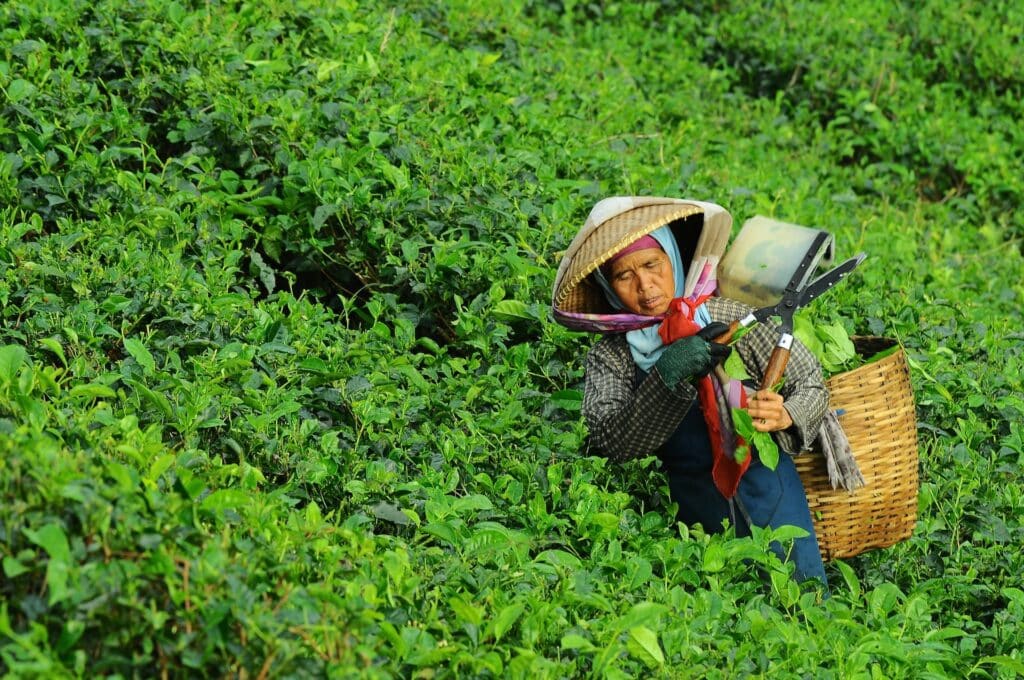
What Does Ceylon Tea Taste Like?
The first sip of Ceylon tea will leave you in awe. These aromatic leaves are loaded with flavor, so you’ll want to steep them for a bit longer than other types of tea. The initial flavor is clean and refreshing, with a hint of sweetness that seems to highlight every nuanced flavor.
When brewed for longer, it yields full-bodied tea with complex notes of chocolate, caramel, and malt.
While the exact flavor of Ceylon tea may vary depending on the region it’s grown in and how long it waits to be harvested, it tends to be on the lighter side with a sweet flavor and notes of citrus.
Ceylon high-grown is a well-balanced, aromatic, and flavorful tea. It is considered one of the finest teas in the world for its subtle flavor, aroma, and strength with a golden liquor.
Low-grown tea features a burgundy-brown liquor and a flavor that is robust, full-bodied, and strong. Besides, mid-grown teas have a stronger, richer flavor with more depth.
Bright Color
Ceylon teas provide a strong, unique taste and a bright, red color. The bright orange to brownish red colored brew has a strong but not harsh or bitter taste with a delicate aroma of flowers (similar to Darjeeling).
Full-bodied and Rich Flavor
The flavor of Ceylon tea is unlike other kinds of tea. Its richness and full-bodied nature are unlike black or green teas from China, India, or Nepal which are known for their astringent taste.
So, if you enjoy the relaxing qualities of chamomile, then Ceylon tea is perfect for you!
Floral Aftertaste
Ceylon tea has a subtle floral taste and aroma that comes from the way the leaf is handled. Ceylon leaves are rolled and crushed, then dried gently in wicker baskets or trays.
On brewing, Ceylon tea produces a bright golden-amber cup with a delicate mellow flavor and floral aftertaste.
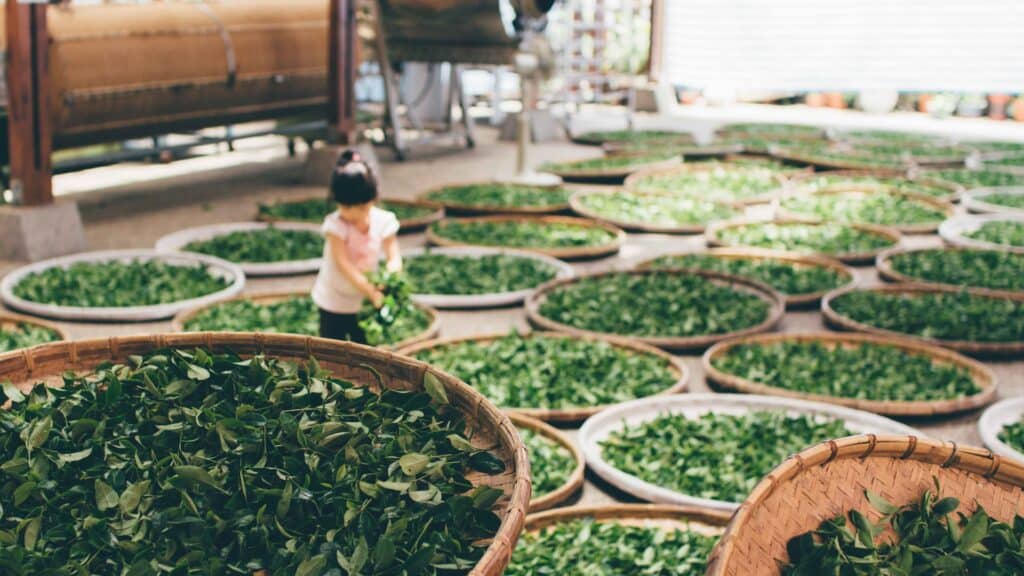
Is Ceylon Tea Overly Sweet?
Ceylon tea has a light, refreshing taste that you can enjoy without mixing any sugar or honey. It’s not sweet like some other teas, making it perfect for those who don’t like their tea too sweet or sugary.
There are no wrong choices when you’re finding your favorite flavor. If you want to add sweetness or flavorings (vanilla extract) to your Ceylon tea then go ahead, we won’t judge.
Cultivation of Ceylon Tea
While all Ceylon teas must follow certain standards of the Sri Lankan Tea Board, the conditions under which it is grown will affect their characteristics.
Ceylon tea’s flavor, aroma and color vary drastically depending on how the leaves are processed and how those leaves are grown.
High Elevation (starting at 1,200m or 4,000ft)
Ceylon tea grown at higher elevations above 1,200 meters is lighter in color and has grassy notes because of the chilly winds, dry conditions, and mountainous terrain.
Mid Elevation (600m – 1,200m or 2,000ft to 4,000ft)
The first tea plants were grown in Sri Lanka in mid-elevation regions. Ceylon teas from this elevation are famous for their richness and smoothness, with a subtle flavor.
Low Elevation (sea level – 600m or 2,000ft)
In lower elevations, Ceylon tea grows in warm, sunny weather conditions. The tea from this region is usually dark and strong. It has a malt, heavy note that makes it distinct from other teas.
Different Types of Ceylon Teas
Ceylon tea is one of the most popular types of tea in the world. These teas come from Camellia Sinensis, the same tea plant that makes the most famous teas, including green, black, and white. Oolong tea is also a part of them.
But their difference lies in how cultivators produce them — white tea, for example, is actually a little bit oxidized but not completely oxidized like black tea.
Ceylon Black Tea
Black Ceylon tea is the most famous form of Ceylon tea, with its rich taste and full-bodied aroma. This tea has a unique flavor and very distinctive character that makes it stand out among the other teas.
Skilled female tea pluckers handpick the leaves that ensure the picking of only the freshest, young leaves; two leaves and a bud, to be specific. The workers then wither, roll, and ferment them before drying them in the sun and sifting them.
After all the leaves have been picked, they are sorted and graded based on their size, shape, color, and aroma.
The first is the Orange Pekoe grade; the second one is Broken Orange Pekoe, followed by Flowery Orange Pekoe, Flowery Broken Orange Pekoe, Golden Tips, and then Dust. The quality of each tea differs according to its color and intensity.
Check out: Is Black Tea Good for Your Skin?
Ceylon Green Tea
Green tea originates from the same plant as black tea but is processed differently. The emphasis is on quality rather than quantity, and requires more skill to master the art of tea production.
The harvest window for green teas is much shorter than for other teas and it has to be picked at just the right time or quality suffers.
Cultivators don’t ferment Ceylon Green tea, which means that the leaves retain their antioxidants and minerals. Hand-pickers pick the leaves, wither, heat-dry, roll, and sift them before hand-packing them. What’s great is that Ceylon Green tea contains all the benefits of Black tea with none of the drawbacks.
Ceylon White Tea
This is a rare, extra-fragrant tea that is famous for its soft, delicate taste and healthy qualities. The unique processing method results in a beautiful white color and delicate flavor, making this the most refined of all teas.
To produce this premium quality white tea, cultivators only handpick the buds every day during waking hours between 4 am and 6 am.
The cultivators hand-roll the tea in a clean, cool environment to retain its unique flavor and quality at the peak of its freshness.
White tea is the only tea that’s hand-rolled and unfermented. It has less caffeine, more antioxidants, and plenty of flavors to enjoy early in the morning or later in the day.
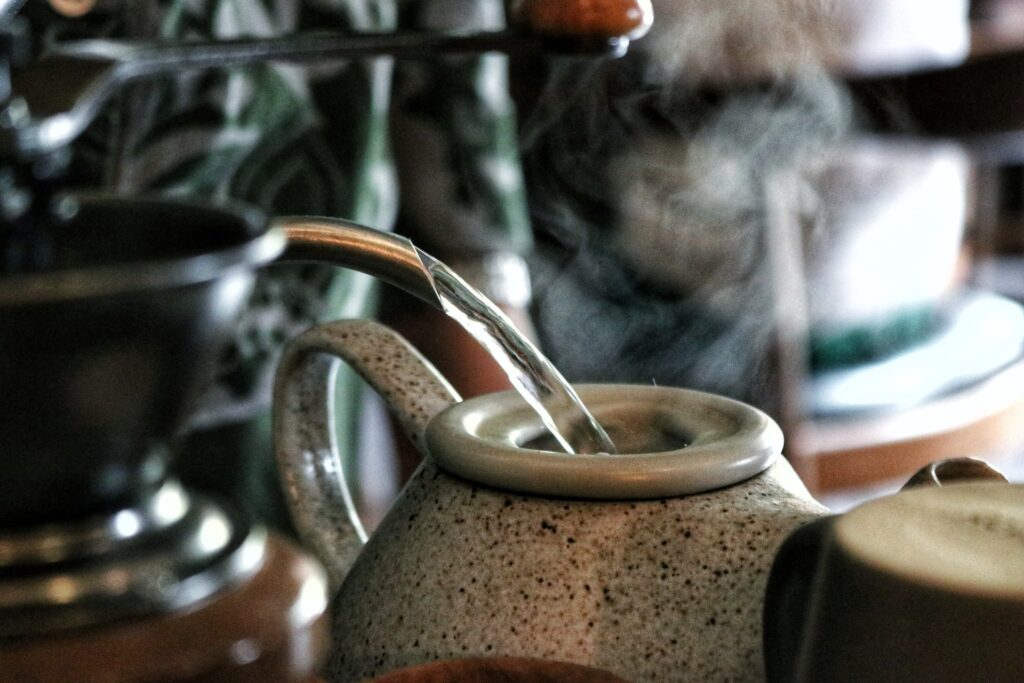
Ceylon Tea Health Benefits
Ceylon Tea is nature’s treatment for any disease. Health benefits include reducing blood pressure levels and cholesterol, lowering the risk of diabetes, improving immunity, and also improving heart health.
With so many benefits to enjoy by consuming 3-5 cups of Ceylon tea like locals every day, you wouldn’t miss out on one bit!
Immunity
Tea is a great anti-inflammatory, antioxidant, and immune-boosting beverage. There is more to Ceylon tea than flavorful drinks.
The body’s response to caffeine and the antioxidants present in Ceylon tea increase the white blood cells in the blood. Besides, catechins instill antiviral and antibacterial properties in the tea.
Weight Loss
Ceylon green tea contains a lot of catechins, especially EGCG. These are natural compounds that help the metabolism of fat cells and avoid further accumulation. This can help you lose weight, particularly belly fat which may lead to health problems.
Ceylon White tea or Silver Needle tea is an alternative to green tea. It’s a good, non-caffeinated alternative for people who do not consume caffeine/green tea but still want to lose weight. Silver Needle tea also contains catechins, which have a link to weight loss.
Stomach Health
Ceylon’s Black tea is an excellent aid to digestion. It possesses Thearubigin, a black tea polyphenol that accelerates gut flow and helps with gut function.
Black Ceylon tea, which has high levels of caffeine, is one of the most caffeinated teas available. Because of this, it might make you feel jittery and cause an upset stomach.
So, if you have a sensitive stomach or cannot tolerate caffeine well, then we recommend avoiding Ceylon tea.
Glowing Skin
Ceylon tea is very rich in antioxidants, polyphenols, and flavonoids. These are natural nutrients that offer protection against harmful UV radiation. Regular intake of Ceylon tea helps in reducing the risk of skin damage due to sun exposure.
In addition to drinking green tea to ensure a healthy body, you can also use a face pack to bring back your natural glow.
Energy and Mental Alertness
Looking for a way to stay awake and energized during the day?
Ceylon black tea is rich in minerals and vitamins that can help you keep your energy up. With just enough caffeine, it will keep you alert, attentive, and focused all day long.
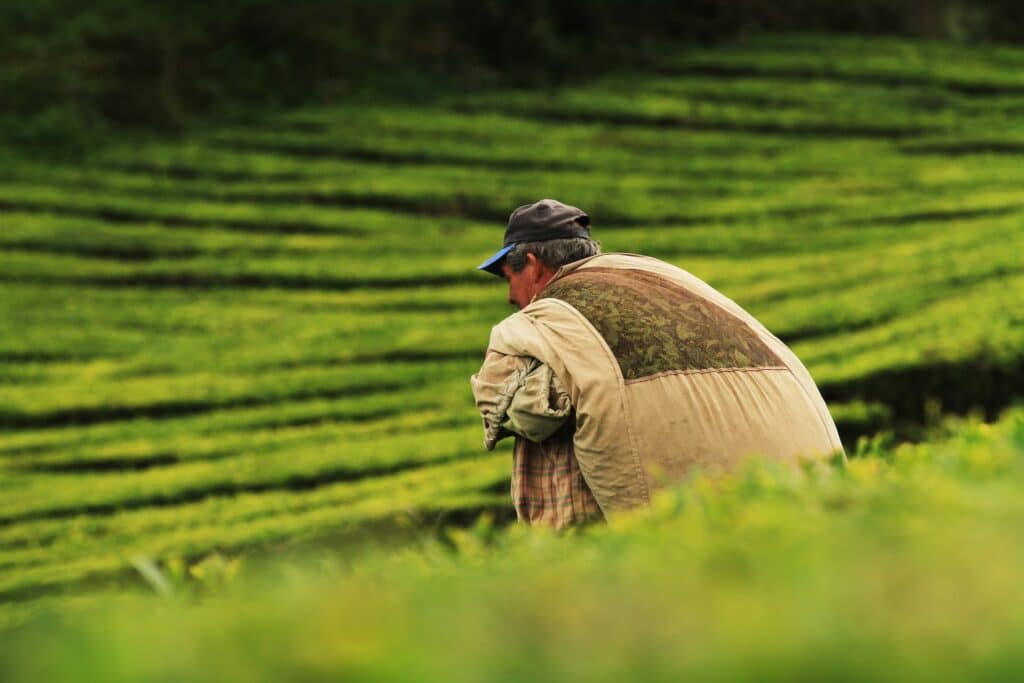
How Should You Drink Ceylon Tea?
After reading about the many benefits and varieties of Ceylon tea, you must be itching to give it a try.
The question of how to drink Ceylon tea won’t have a definitive answer for all types, but some standard steps can help guide you toward making a perfect cup.
Serving
When brewing loose-leaf tea, the amounts will vary based on the type of tea and personal preference. Generally, 1 tsp of loose-leaf tea will yield about 6 oz of brewed tea.
It is important to note that different types of teas require different amounts per cup. So, always read the instructions on the product label.
Brewing
Brewing tea correctly is an art and the secret to making a perfect cup of tea lies in the water. The purity, hardness, and temperature of the water used for brewing influence the taste of the brewed tea. Use fresh, pure, natural mineral water for brewing tea.
Hot Brewing – While most Ceylon tea needs hot water, some might prefer a warmer temperature for brewing – 80 C or more. Getting the perfect taste will depend on which tea you use and the brewing instructions it has.
Cold Brewing – It’s easy to make delicious iced tea with cold brewing. All you need is some tea leaves, water, and a jar or pitcher.
Start by placing your desired amount of tea leaves in your pitcher or jar and filling it full of water. Then, cover the pitcher and put it in the refrigerator overnight.
When you wake up in the morning, pour out your newly brewed tea into glasses over ice or serve immediately over room temperature to retain an iced consistency.
Steeping
For a balanced yet complex cup of tea, we suggest steeping the leaves for approximately 3 to 5 minutes when hot brewing.
You may add milk if you are using Ceylon Black tea leaves. Note that not all black teas can handle milk infusions, so reading the instructions is a must.
If you prefer iced tea, consider cold brewing your favorite loose-leaf Ceylon tea. You can steep it overnight or simply leave it in the fridge for a few hours beforehand.
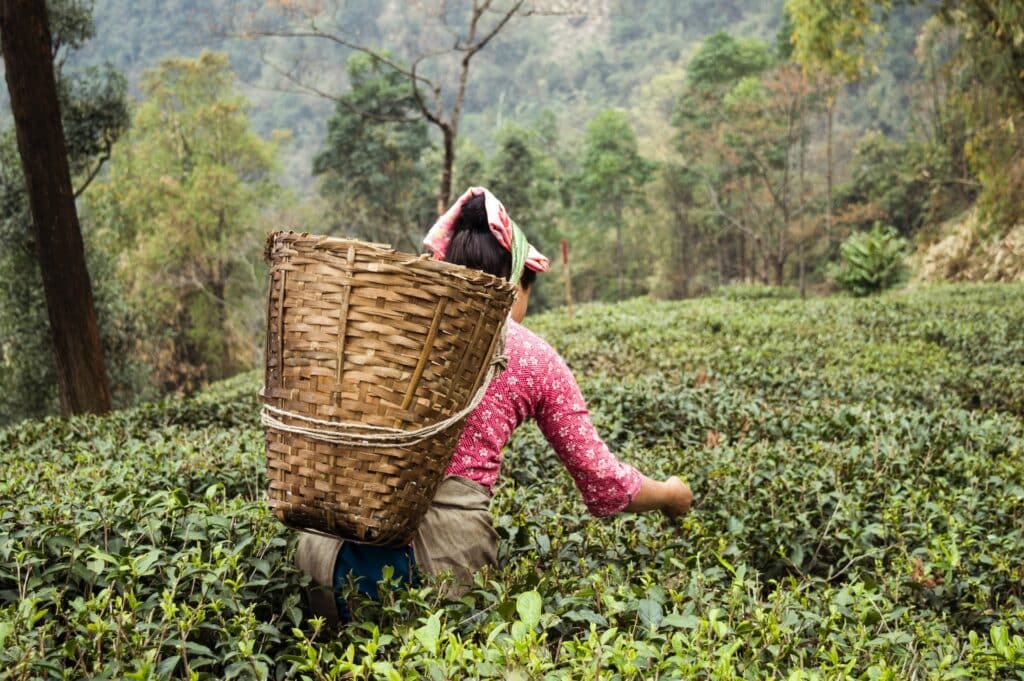
Which Ceylon Tea Best Pairs With Iced Tea?
If you’re a fan of iced tea and have been making it with hot water, you’re missing out on the best part about iced tea: flavor!
When you cold brew Ceylon tea, you steep the leaves in cold water for more than 12 hours, resulting in an exceptionally smooth brew without bitterness.
One can make iced tea from almost all kinds of Ceylon tea – black teas, green teas, white teas, and even tea infusions.
Here is a list of the most popular varieties that are perfect for cold brewing and making iced tea, with some tips on how to use them.
Ceylon Black Tea
Many people like to brew iced tea from Ceylon black tea. It is easy to flavor with other fruits, herbs, or spices while brewing. You can even choose from the great varieties of black tea infusions for even better flavor.
Ceylon black tea infusion with peach and ginger root has a generous infusion of ginger, bringing the sweet zing to this rich black tea.
The sweet peachy flavor brings harmony to the spiciness of the black tea, while the ginger root adds an appealing warmth. You can add ice for a cool treat or serve it hot for a soothing sip on a chilly day.
Ceylon Green Tea
The perfect afternoon tea, the Ceylon green tea is best for those who want to enjoy a mild, roasted flavor.
Unlike other plants, green tea is harvested from the leaf tip of the plant. This provides a subtle hint of taste to your cup and simplicity in preparation.
Ceylon green tea is ideal for preparing iced tea but creates a unique citrusy flavor when you cold brew it.
This invigorating infusion is bursting with tangy pineapple and tropical fruits like mango, strawberry, and peach. The green tea base means that the tea’s subtle flavor remains hidden but still adds a delicate tea taste. Thus, making it perfect for iced tea.
Does Ceylon Tea Have Caffeine?
A lot of people are concerned about the caffeine content in black tea, whether or not it’s a good idea to drink Ceylon tea and its effects on health.
Black tea has been part of healthy dietary patterns for thousands of years. So there’s no reason why you shouldn’t drink Ceylon tea and reap its many health benefits.
Ceylon tea varieties differ as much in their caffeine content as in their aroma and flavor. The type of leaves used to prepare a particular tea will affect the amount of caffeine it contains.
The white teas are particularly low in caffeine, having about 6 mg per cup. A cup of Ceylon black tea contains about 50 to 90 mg of caffeine, while a cup of green tea contains about 35 mg.
Ceylon tea’s caffeine content depends on the preparation of the tea. For example, if you consume a cup of Ceylon tea that is brewed from loose leaves, it has lower caffeine content than a cup prepared from tea bags.
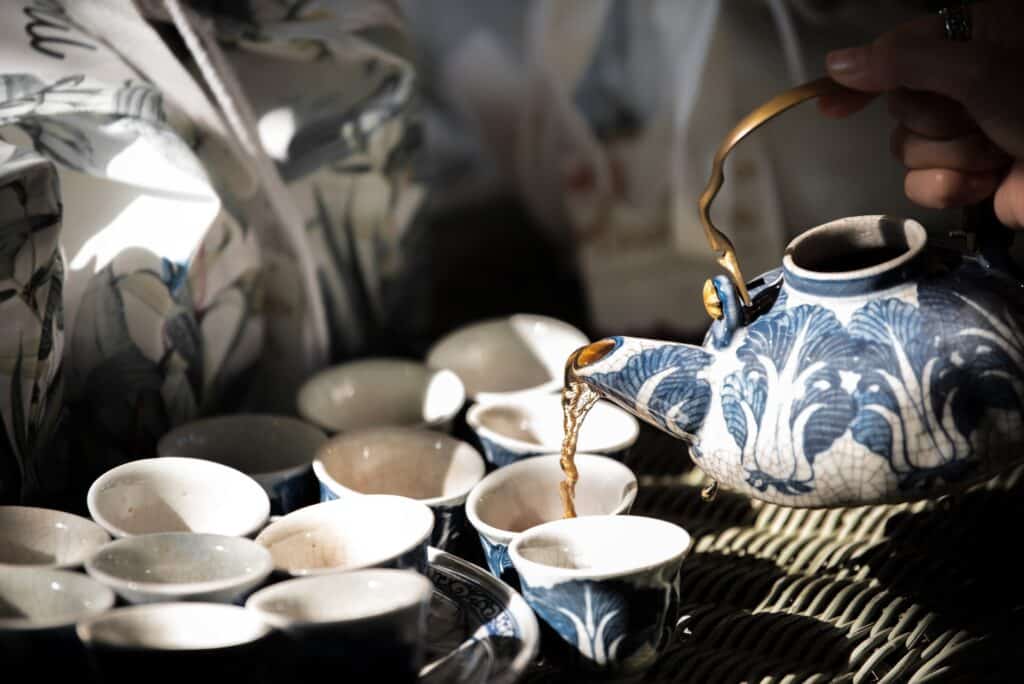
Do You Drink Ceylon Tea With Milk?
If you’re already a fan of black tea, then we think you’ll love black Ceylon tea —especially with milk!
We know what you’re thinking: “Isn’t milk for hot drinks?” Well, yes and no.
Milk does have its place in hot drinks like coffee or chai latte, but adding milk to your black Ceylon tea can make it even richer and smoother.
Ceylon black tea is great as-is, with milk and sweetener, or infused into delicious loose-leaf tea blends like Chai Latte.
Add a few herbs and spices to create your own custom blend. Since Ceylon tea is citrusy and subtly sweet, it also matches well with lemon, orange slices, and cinnamon sticks.
Chai Latte or Thai iced tea is especially good if you’re drinking your Ceylon at night after dinner or with a meal. The milk will help cut through some of those sharper flavors while still letting the Ceylon shine through!
When Should You Drink Ceylon Tea?
If you’re a tea lover, then you already know the best part is sitting down with a hot cup of your favorite flavor. Ceylon Tea is no exception, and it’s a great first cup of the day. This tea has all the dark-roasted flavor of Assam but with a softer and more delicate note.
Overall, Ceylon tea energizes the body so it’s best if you’re looking for something to help you unwind.
You can enjoy it often with ice cubes, as the coolness helps to temper its bold flavor. Besides, you can savor Ceylon teas at any time of day, with breakfast being the ideal time for an extra boost.
Conclusion
Ceylon tea is a type of black tea originating from Sri Lanka. It is less tannic and lighter in flavor than other black teas.
But Ceylon teas have more distinct tastes and flavors than other black teas, each variety bringing its own unique character to the teacup.
From low-temperature black teas to green teas, traditional and contemporary, Ceylon’s deep, satisfying flavors will help you enjoy a wonderful cup of tea any time of day.
